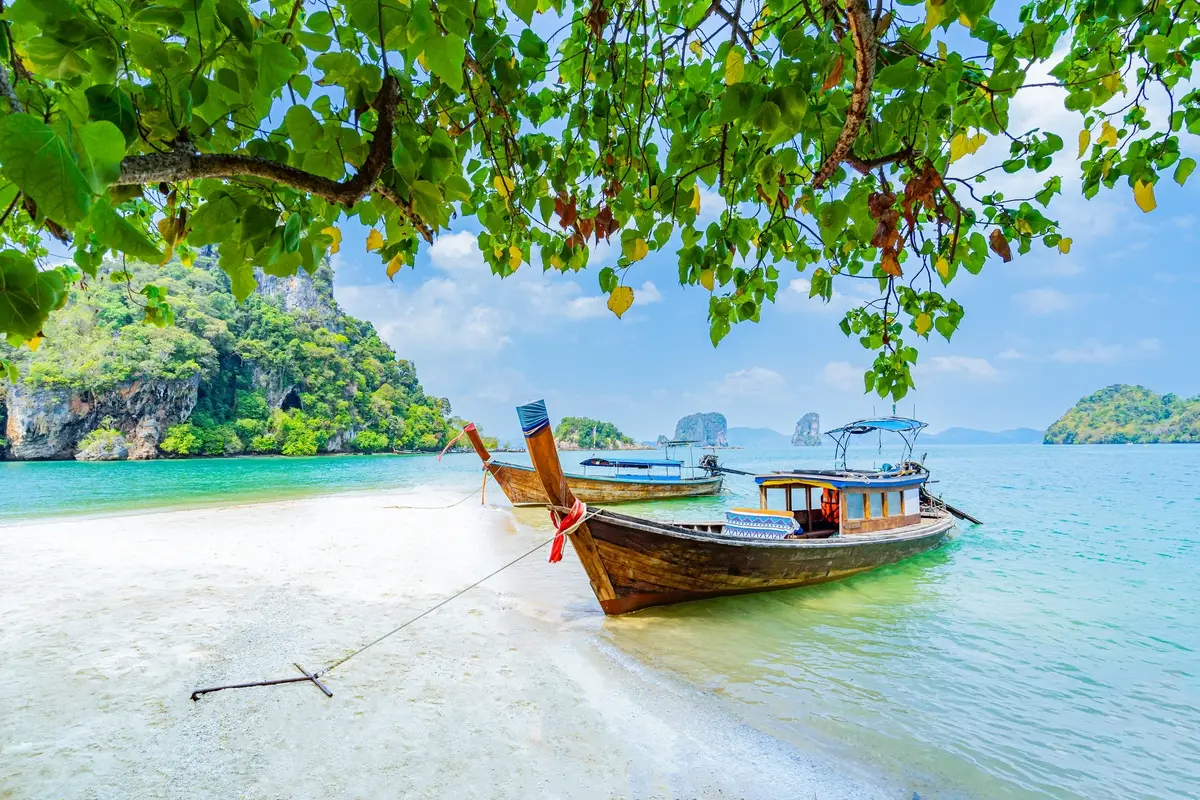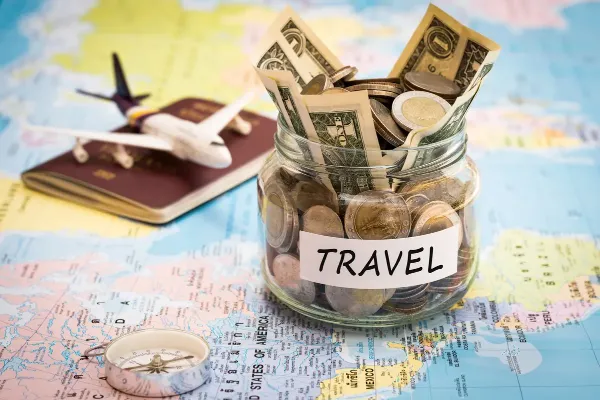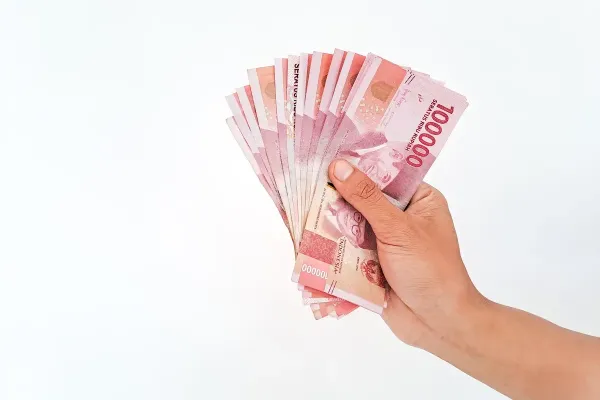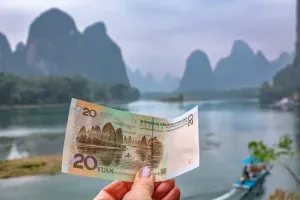10 Tips for travelling to Thailand
Planning a holiday to Thailand? Get ready with this essential guide full of practical tips tailored for Aussie travellers.

Table of contents:
- 1. Book your travel money in advance
- 2. Pack light but smart
- 3. Respect local customs and etiquette
- 4. Stay connected with a local SIM
- 5. Watch out for scams
- 6. Get travel insurance
- 7. Learn a few Thai phrases
- 8. Use cash wisely
- 9. Know how to get around
- 10. Budget for experiences, not just accommodation
Thailand is one of the top holiday destinations for Australians — and with good reason. From vibrant cities like Bangkok to serene beaches and cultural landmarks, it offers an unforgettable experience. But before you hop on the plane, it’s worth preparing with a few key insights.
This practical guide will help you plan your trip with confidence, covering everything from money and safety to local customs and travel essentials.
1. Book your travel money in advance
Thailand is a mostly cash-based country, especially outside big cities. While cards are accepted in many hotels and chain stores, cash is king in markets, local eateries, and taxis. Avoid poor exchange rates at the airport or at tourist spots in Thailand by reserving your Thai Baht online ahead of your trip.
With Prosegur Change, you can secure your AUD to THB at a competitive rate and pick it up at the airport before you fly. It's convenient, commission-free, and a great way to stick to your travel budget from day one.
With over 30 years of global experience, Prosegur Change combines its trusted cash management expertise with ChangeGroup’s long-standing service to travellers — offering Australians a secure, reliable and commission-free way to reserve Thai Baht before they fly. Count on Prosegur for peace of mind on your next adventure.
2. Pack light but smart
Thailand is warm and humid most of the year. Lightweight, breathable clothes are your best friend — but don’t forget modest clothing for temples and religious sites (shoulders and knees covered).
Pack reef-safe sunscreen, mosquito repellent, and basic medication too, especially if you’re heading to remote areas.
3. Respect local customs and etiquette
Thai people are friendly and respectful — and they appreciate the same in return. A small gesture like a polite bow (wai) goes a long way. Avoid public displays of affection, never touch someone’s head, and always remove your shoes before entering a home or temple. Taking the time to understand these basics will enrich your experience.
4. Stay connected with a local SIM
Mobile data is cheap in Thailand, and getting a tourist SIM at the airport is easy. Having internet access will help with maps, translations, grab rides (the local version of Uber), and staying in touch with loved ones. It’s also useful for checking prices and avoiding tourist traps.
5. Watch out for scams
Like many tourist hotspots, Thailand has its share of common scams — tuk-tuk drivers offering too-good-to-be-true tours, overpriced gems, or unofficial taxi services. Stay alert, book transport via trusted apps, and if it sounds too good to be true, it probably is.
6. Get travel insurance
Whether it’s for lost luggage, cancelled flights or an unexpected visit to a clinic, travel insurance is a must. Medical care in Thailand can be excellent, but private hospitals are expensive without cover.
Choose a policy that includes medical, theft and trip cancellations, especially if you’re planning adventure activities.
7. Learn a few Thai phrases
While English is spoken in tourist areas, locals appreciate it when visitors make an effort. Learn basics like “hello” (sawasdee), “thank you” (khob khun), and “how much?” (tao rai). It makes interactions friendlier — and could help you avoid paying tourist prices.
8. Use cash wisely
As mentioned, cash is essential in Thailand. Withdrawals from ATMs often carry foreign card fees, and not all machines are reliable. That’s why it’s smarter to bring Thai Baht with you. Reserve your THB in Australia before your trip, collect it safely at the airport, and arrive ready to explore with peace of mind.
9. Know how to get around
Thailand’s public transport is affordable and varied — from the BTS Skytrain in Bangkok to local buses and ferries. For flexibility, ride-hailing apps like Grab are widely used. Avoid renting scooters unless you’re experienced, as road rules are loose and accidents are common.
Domestic flights are also cheap and convenient if you’re travelling across regions.
10. Budget for experiences, not just accommodation
Thailand is known for great value — but it’s easy to overspend if you’re not careful. Allocate part of your budget for experiences like island-hopping, Thai cooking classes, massages, and national parks.
These activities often require cash payments, so plan ahead and bring enough Thai Baht with you.
FAQs – Australians travelling to Thailand
It depends on your itinerary, but many travellers bring between 10,000–20,000 THB for the first few days (roughly AUD $400–$800). You can always top up later, but it’s safer and cheaper to exchange in advance online.
Australia — if you do it right. You’ll often get better value by reserving online at Prosegur Change than exchanging on arrival in Thailand or at your hotel.
No. Only Thai Baht is accepted. Always exchange your AUD before departure or soon after arriving.
If you’re carrying over AUD $10,000 (or equivalent in other currencies), you must declare it when leaving or entering Australia.
Yes — but be sensible. Use a money belt or concealed pouch, avoid flashing large amounts, and store backup cash in a separate location from your daily wallet.
-
How much cash do you need in Beijing? Tips for Aussie travellers
November 17, 2025
-
Top things to do in Fiji: A guide for Aussie travellers
August 28, 2025
-
Things to do in Auckland: A guide for Australian travellers
August 19, 2025





